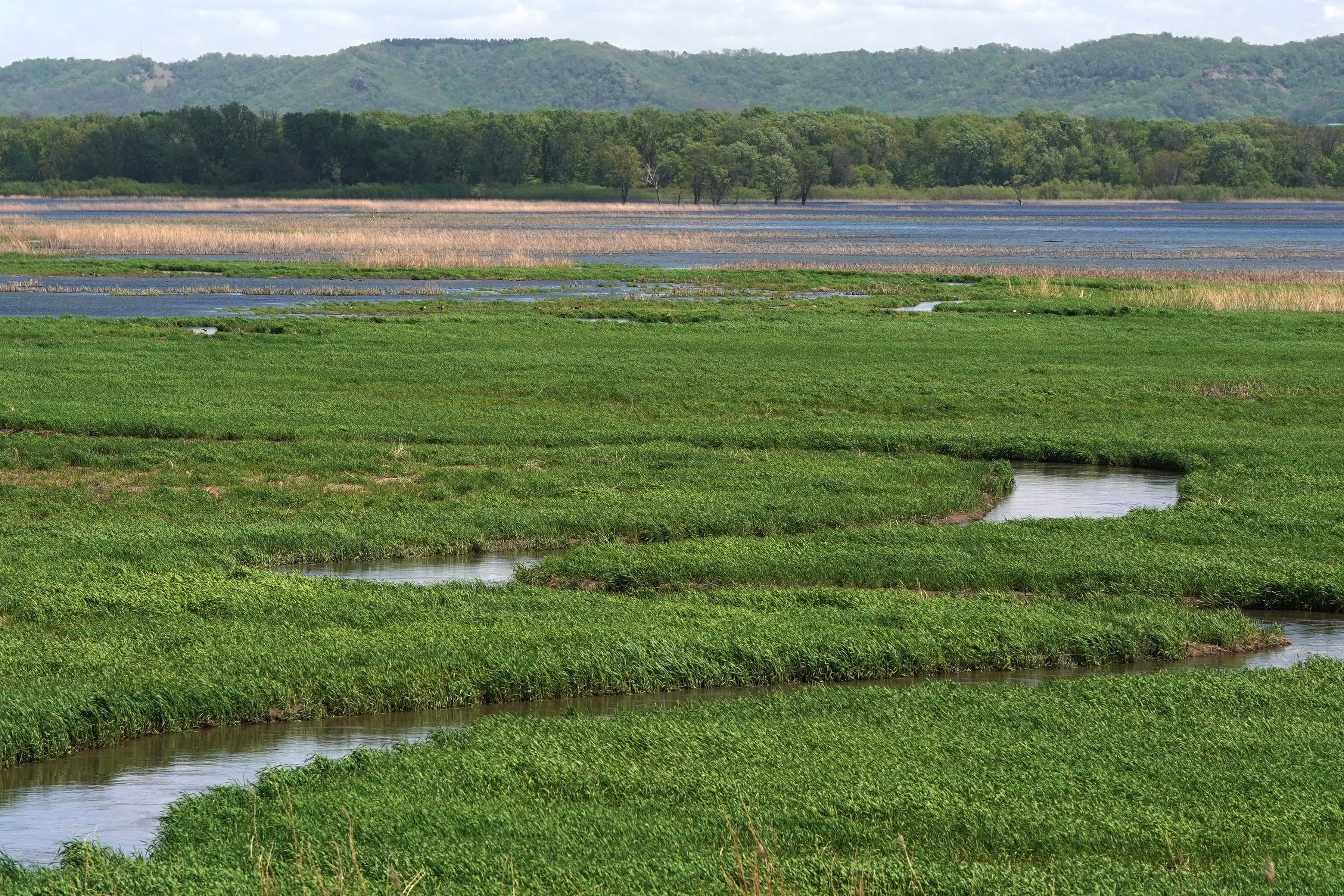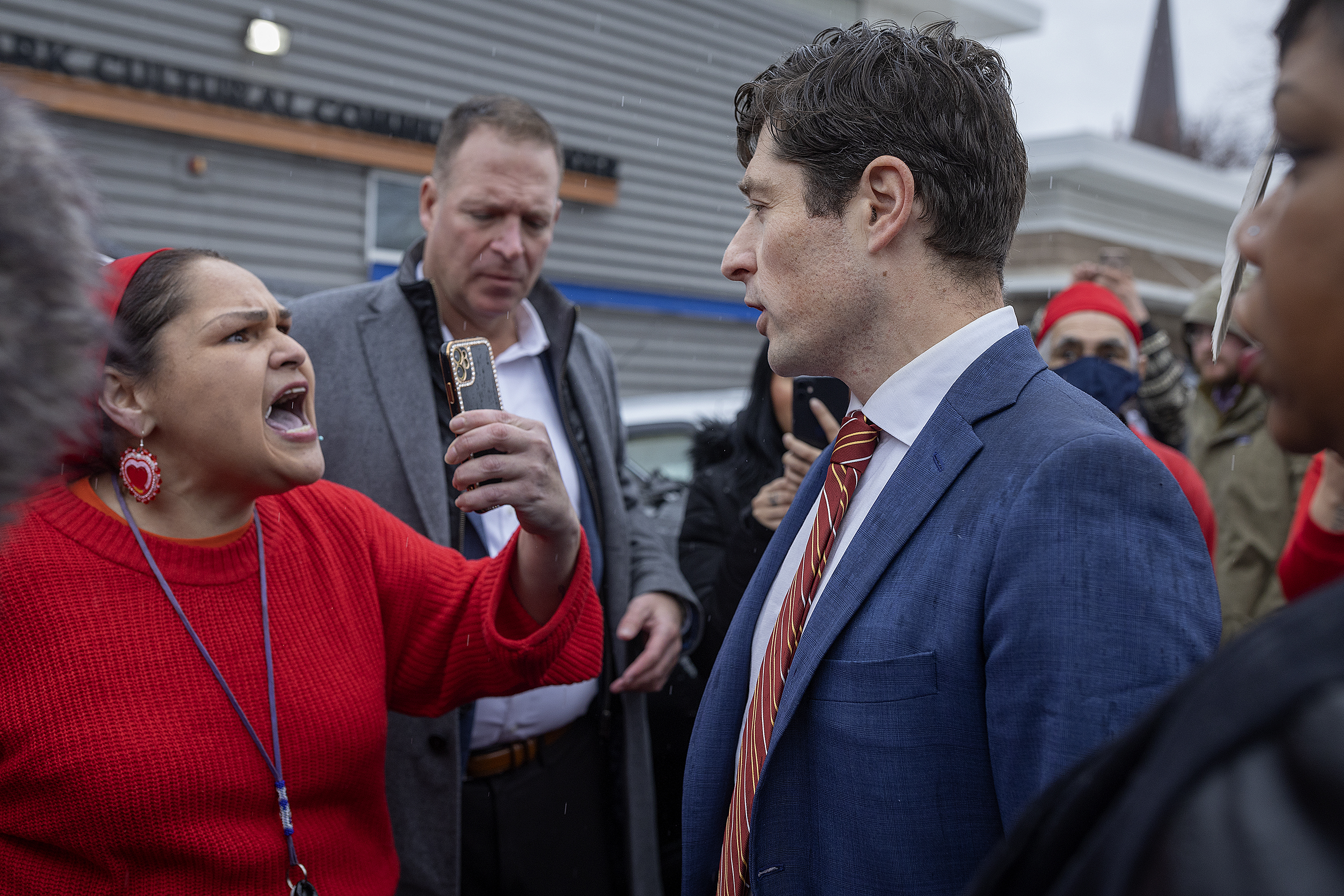Star Tribune
Minnesota, U.S. are losing valuable wetlands at increasing rate

Until the 1970s the vast majority of that loss was agricultural, from farmers draining land for crops. The country is still losing wetlands to agriculture, but it’s also seeing them flooded away, lost to sea-level rise and logging, converted to artificial lakes and ponds and drained for suburban development, the report found.
“Over time our wetland policies at a national level have become less stringent,” Lang said. “And now we’re kind of burning the candle at both ends — we’re still losing wetlands to people ditching and filling them, but we’re also losing them to these more complicated factors.”
The report shows that one of the major ways the Upper Midwest has been losing vegetated wetlands — swamps, bogs and marshes covered with shrubs, cattails or trees — is by converting them into open-water ponds. That can happen when a housing developer drains an intact marsh to build a subdivision and then digs a larger shallow pond that supports little or no wildlife in the middle of that subdivision. And it happens when loggers clear cut the trees out of a swamp, and saplings fail to regenerate.
Ponds and tree-less swamps are still wetlands, but they don’t come close to producing the same levels of wildlife, water quality or carbon storage as before. As vegetated wetlands have declined, the number of ponds and non-vegetated wetlands have risen in Minnesota and across the country, which can obscure the magnitude of the loss, the Fish and Wildlife Service warned.
Efforts are needed to protect the old wetlands and not simply replace them with less valuable ponds, the report said. The first step would be to create a dataset that maps out the location, type and abundance of the nation’s wetlands and to model the functions and services the landscapes provide. That would help regulators better protect the most valuable wetlands and make sure that any that are lost to development are replaced by those of the same quality.
(Jeff Wheeler/The Minnesota Star Tribune)
In Minnesota, the biggest losses have been to the state’s forested wetlands — the swamps and floodplains with heavy tree cover. Of the 140,000 acres of forested wetlands in the state that were lost between 2006 and 2020, about 20% were expected to return, according to data from the Minnesota Department of Natural Resources. Much of the rest was degraded into open water or “emergent” wetlands with little tree cover.
Star Tribune
Wagon rolls over at Wisconsin apple orchard injuring about 25 children and adults
LAFAYETTE, Wis. — About 25 children and adults were injured Wednesday when a wagon carrying them overturned at a western Wisconsin apple orchard.
The children, parents and chaperones were on a field trip to the orchard in Lafayette when one of two wagons being pulled by a tractor turned sideways and rolled over, Chippewa County Sheriff Travis Hakes told reporters. Hakes said the tractor was traveling at a low speed when the wagon rolled over while going downhill.
Three people suffered critical injuries, while injuries to five others were considered serious. Authorities didn’t say how many of the injured were children.
The elementary school-age children attend a school in Eau Claire. Lafayette is northeast of Eau Claire.
Star Tribune
U of M inaugurates new president Rebecca Cunningham with ceremony, protest

After about five minutes and several warnings that students participating in the protest would be suspended,, the protesters exited Northrop and Cunningham continued her speech. They later gathered outside on the mall afterwards to shout, “Cunningham, you will see, Palestine will be free.”
Cunningham recounted the story of Norman Borlaug, the U alumnus and agronomist whose research in wheat saved millions from starvation, and said she would prioritize keeping a college education affordable for students.
Cunningham actually took over presidential duties on July 1, replacing Interim President Jeff Ettinger. She oversees a budget of more than $4 billion to run the university’s five campuses, which enrolled more than 68,000 students and employed 27,000 people during the last academic year.
She was chosen for the job last winter over two other candidates: Laura Bloomberg, president of Cleveland State University and former dean of the U’s Humphrey School of Public Affairs, and James Holloway, provost and executive vice president for academic affairs at the University of New Mexico. She is the U’s second woman president, following Joan Gabel who held the office from 2019 to 2023.
Cunningham will be paid more than $1 million per year — about $975,000 in base pay and an additional $120,000 in retirement contributions. The compensation puts her in the top quarter of Big Ten university presidents.
Star Tribune
Minneapolis police sergeant accused of stalking and harassing co-worker

Sgt. Gordon Blackey, once a security guard to Minneapolis Mayor Jacob Frey, allegedly admitted to tracking the woman’s movements in her vehicle, according to a criminal complaint.
Read the original article




